
Photo Credit
Pixabay
Subhead
Enjoy Spring Colors Indoors!
I have forced Forsythias in NH just about every year for decades. I cut the branches in mid February, put them in a vase with water and watch them bloom. I do not soak them overnight; do not cover them with plastic nor do I put them in a cool place to let the buds swell. If the humidity in your house is so low that you need to go through that process to get a few Forsythia branches to bloom, you really need to invest in a good humidifier, if only for the health aspects.
I agree with 'Georgis' . While the info may help 1st timers understand forcing blooms indoors, it may cause hesitation. In over 60 yrs. I've forced thousands of blooms and never once, for any type, have I submerged stems in water overnight.
Simple is best. Cut branches, put in tepid water in a vase or vessel of some sort. They'll bud & bloom within a week usually. The bonus is forsythia stems ( after blooming ) will root in water easily. So more forsythia to plant in the ground in Spring.
Totally agree with you....keep it simple
would I be able to plant the forsythia branches ? great way to get double-blooms from one branch!
Yes! You can plant forsythia after you force them to bloom indoors. Best way is to keep them in water to encourage root development. Alternately, you can always plant a live branch out side, and grow them that way. You'll need to keep an eye on the branch and keep it watered.
What is the purpose of overnight, full-branch soaking? Why cover them with a plastic bag? When I was growing up, we would cut forsythia, pussy willow, and redbud branches, stick them in a vase, and that's all it took.
I'll be trying my weeping cherry this year; it badly needs pruning, and I figure I may as well get a little indoor cheer out of it if possible. I intend to stick the branches in a vase and call it good. If they don't bloom - and if there's a sensible answer to my questions - maybe I'll work harder at it in the future.
Hi Robin, I have very healthy tomato plants. Could you please show how to clean out/prune the sucker to allow for bigger tomatoes? Thank you!
We cut branches, even shorter ones, from my forsythia starting in late January, place them in a case of water and change the water at least very other day, and we have yellow blossoms for February and March. We continue to do clippings about every week so that we have bunches to give out and use as table decoration. It's not difficult and it's "free."

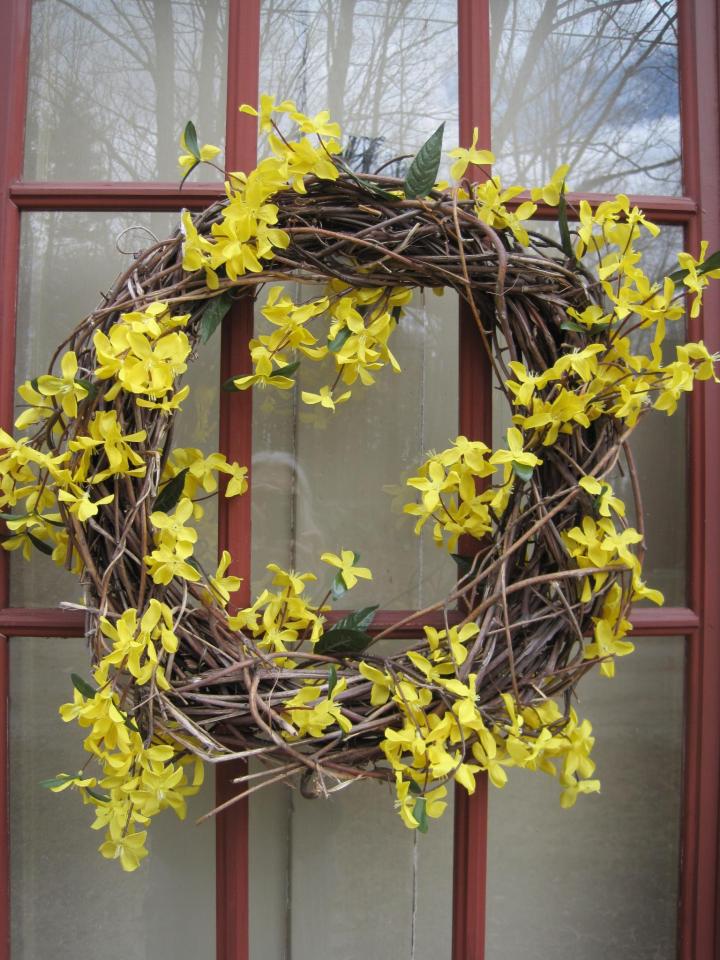
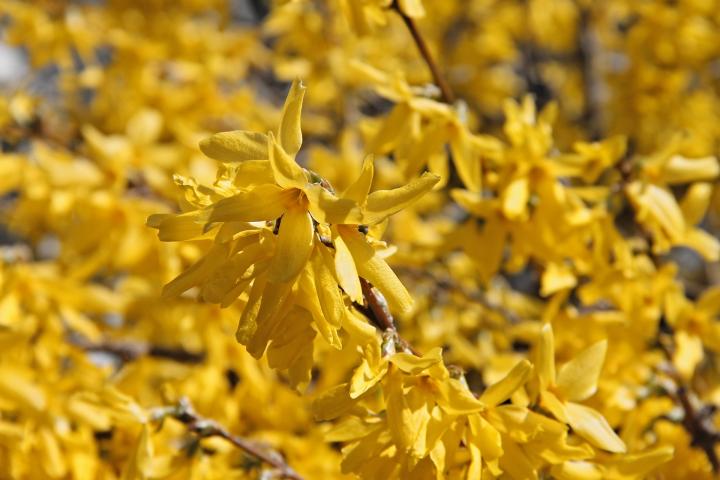

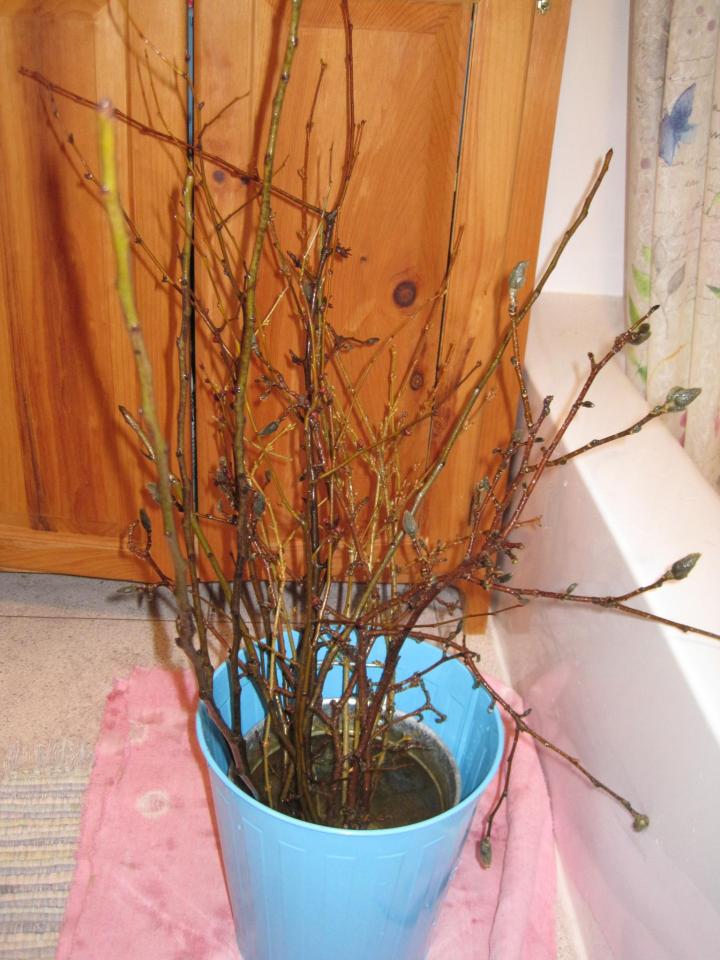
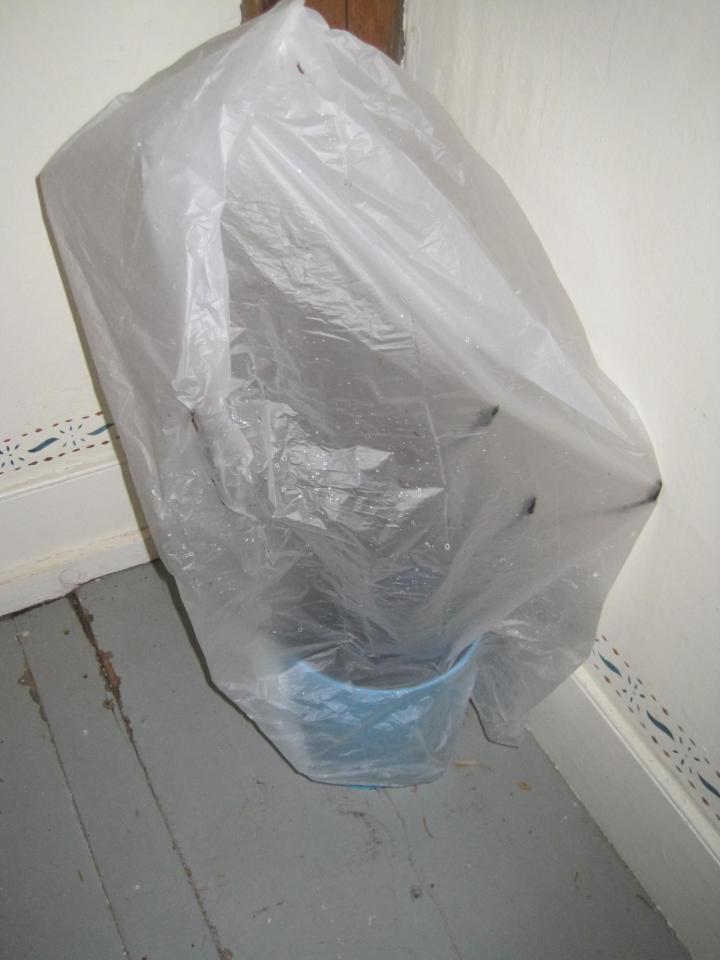
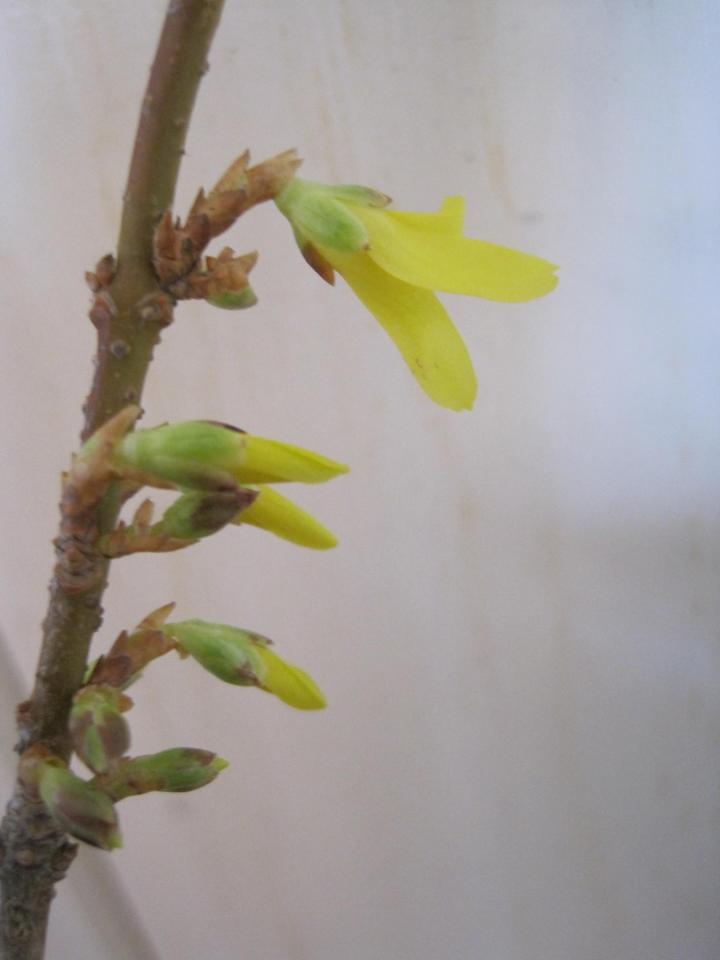
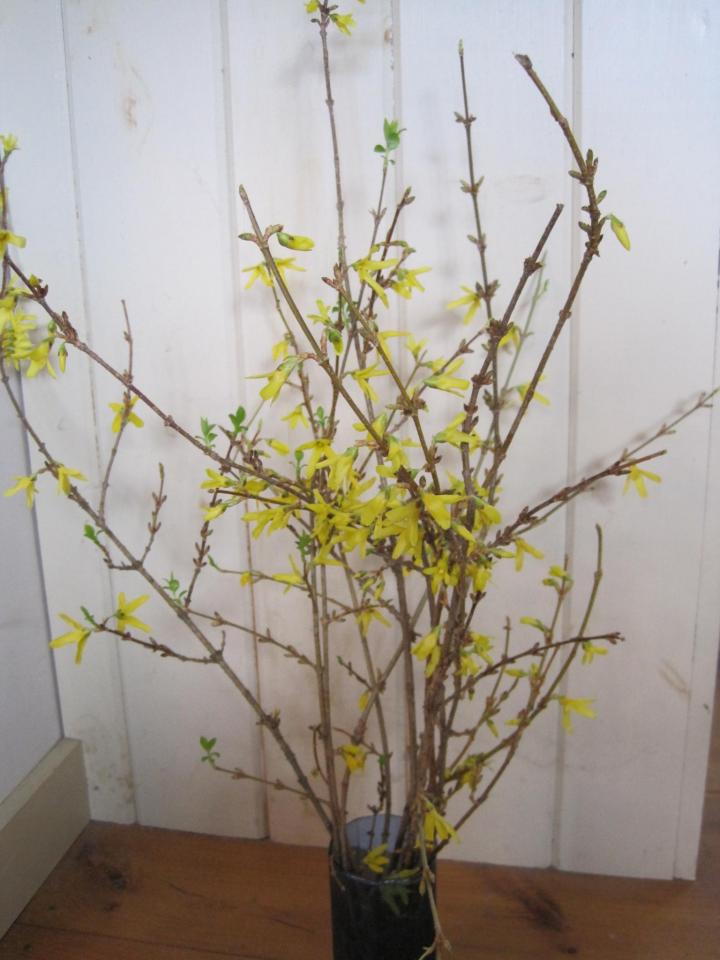









Comments